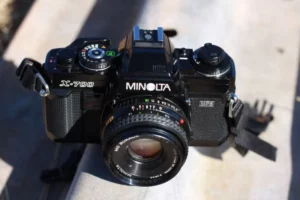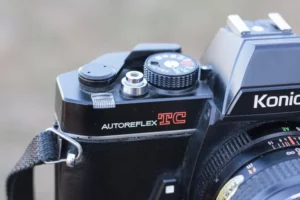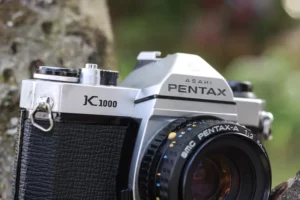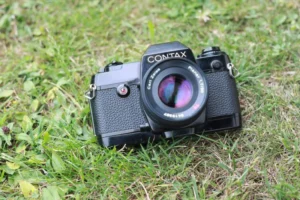Pentax Spotmatic SP: A review of a legend
Last Updated on September 6, 2022
In this article we will delve into the details behind one of the most respected cameras in the history of photography, The Spotmatic SP has been one of the best sellers in the world in its time, it became a standard in the market back in the middle from the 60s.
Some attribute the popularity of the reflex system over rangefinders to the Pentax Spotmatic. To go into detail, let’s take a look at the technical details and its history.
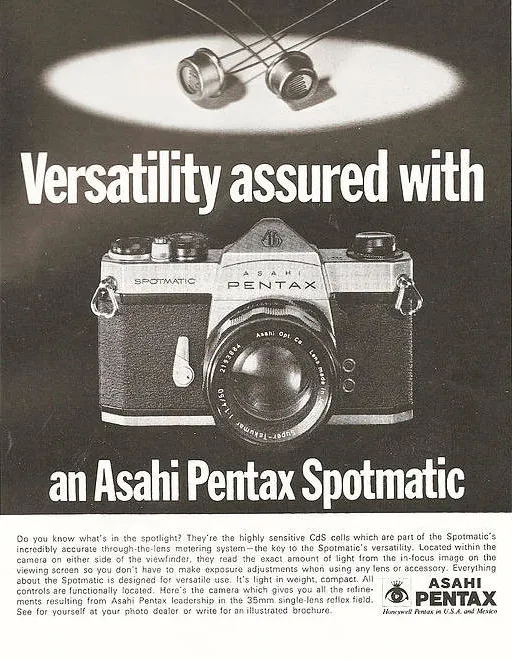
Table of Contents
Pentax Spotmatic SP Specs
| Lenses | M42 lens with thread |
| Shutter | Horizontally running cloth focal plane shutter, 1s – 1/1000 s and B. Flash synchronization 1/60s. |
| Metering | TTL with CdS cell. Activated when the Dimmer button is pressed. Tracking measurement with +/- needle display in the viewfinder. |
| ISO | 20-1600 ASA. |
| Focus | SLR, microprismatic screen, not interchangeable. |
| Viewfinder | SLR, 92% coverage |
| Lightning | Separate sync sockets for FP and X. Minimum 1/60s sync time. Slip-on accessory shoe available as an accessory. |
| Film advancer | Quick release lever, frame counter, transport indicator, rewind crank. |
| Equipment | ISO thread for cable release , self-timer (5-13s), dimming button (activates exposure meter). |
| Weight and dimensions | 621g – approx. 143/92/48mm |
| Battery | Discontinued 1.35V PX400 (or Hg-free alternative) |
| Year Release | 1964 |
| Price today | approx. US$50 |
History
Asahi Optical Company shocked the photo world in 1960 with a prototype at the Photokina , which was the first SLR to master Through-The-Lens Metering (TTL), i.e. exposure metering through the lens. And since it was even a spot metering, this Pentax S variant was christened “Spotmatic“.
It was probably too hasty to go public at the time, in any case it was not until 1964 that the camera finally came onto the market, but now with center-weighted exposure metering. The name stuck anyway.
Despite the shock, the other camera manufacturers needed almost as long, the first on the market was Topcon’s RE Super (1963). Nevertheless, the Spotmatic SP became the most successful SLR of its time, also because it was excellently processed (you can probably still take pictures with most of them today) and offered access to a huge M42 lens selection.
The predecessor: Asahiflex
With Asahiflex, later named Asahiflex I, Asahi celebrated its first successes. They then got more credit with the Asahiflex IIB. While the Asahiflex is an SLR, it lacks the typical feature when it comes to SLRs today: the mirrored front viewfinder. Since this one only came with a waist-high viewfinder to look through the lens. However, unlike today’s SLRs, it was mounted on the side, like with rangefinders, and thus you weren’t looking through the lens.
The name “Pentax”
As early as 1957, Asahi built an SLR with a pentaprism viewfinder. To do justice to this circumstance, the “penta” should also appear in the name.
Thus the Asahi Pentax was born. Inspired by the “Contax” name used by Carl Zeiss cameras. In any case, a certain affinity with one of the most respected manufacturers did not hurt.
Rumor has it that Carl Zeiss also played a part in the appointment. The Pentax name still belonged to Carl Zeiss (West) and to get in the way of their RDA brother, they sold the name to Asahi.
Because Carl Zeiss (Eastern) had baptized his cameras “Pentacon”.
Design
The Spotmatic also set design standards, both aesthetically and functionally. SLR cameras look pretty much the same as they did up until the late ’80s, and the controls are where they were on the Spotmatic. Except for the missing open aperture measurement (which only came with its successor, Spotmatic F), it has all the features of THE manual SLR, as it is still built by the Cosina company for various other brands (such as this one). Truly a milestone.
The Body
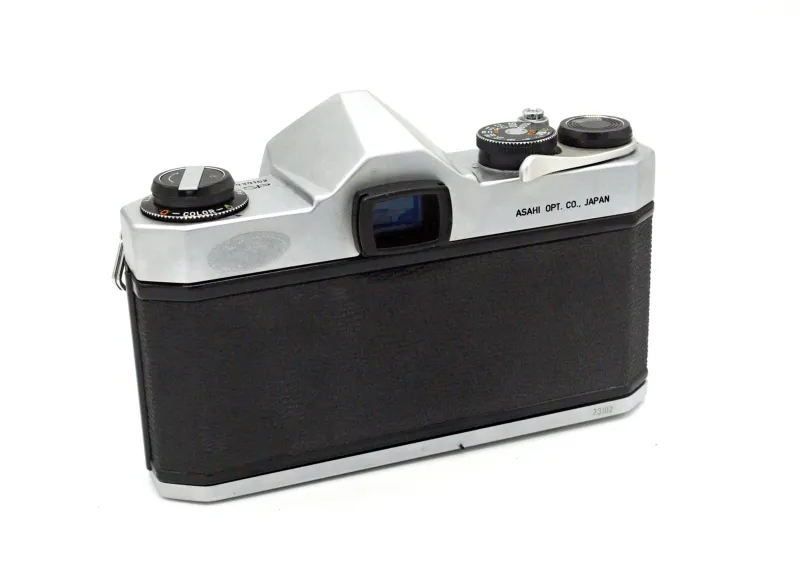
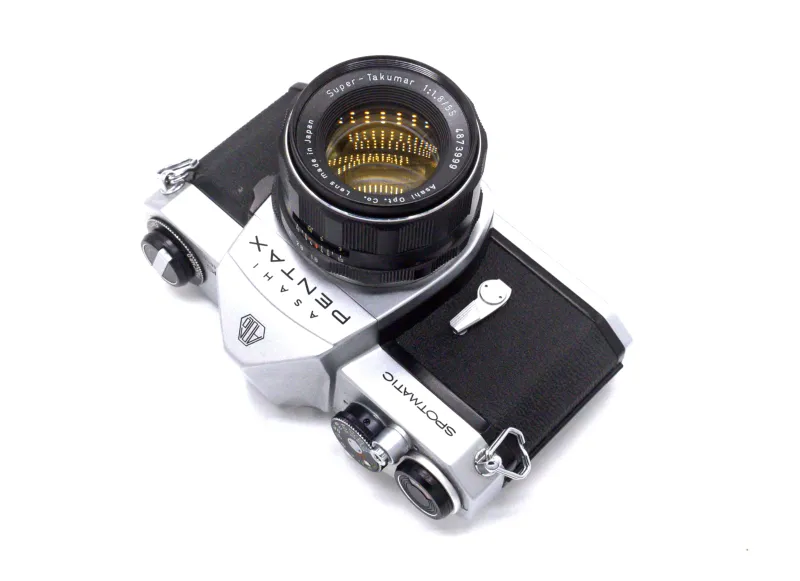
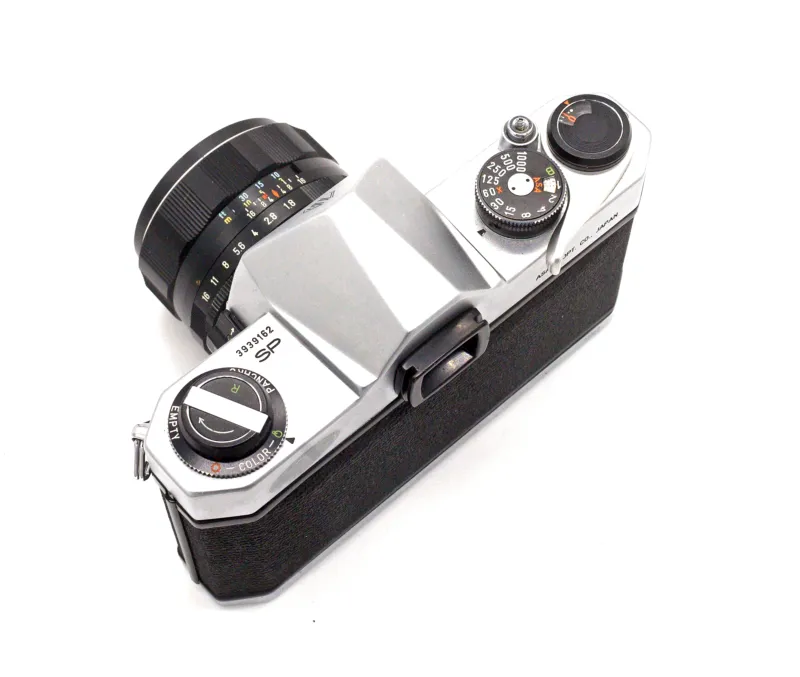
The Spotmatic SP as a good classic camera has a fairly consistent weight, you will never feel that you are facing a US$50 camera, it is built to last.
Anyone who owns one will also tell you that a drop to the ground is nothing for this camera, this camera is literally made for the battlefield. Very rarely will you see a Spotmatic out of order.
The Super Takumar 50mm 1.4
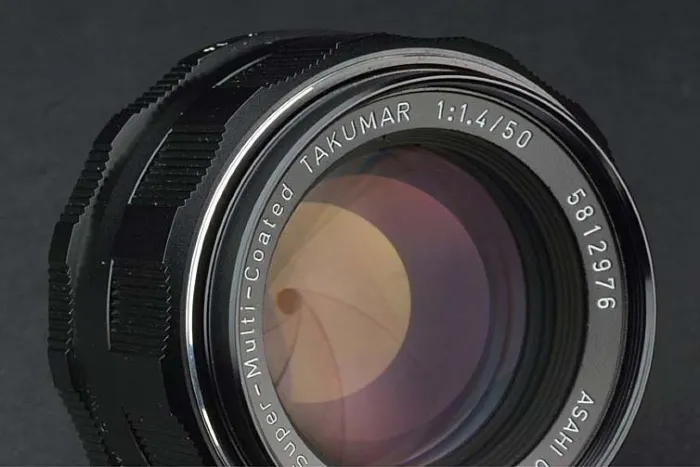
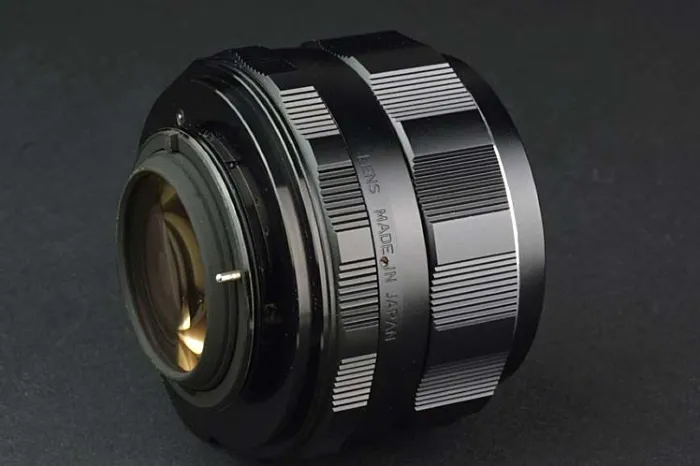
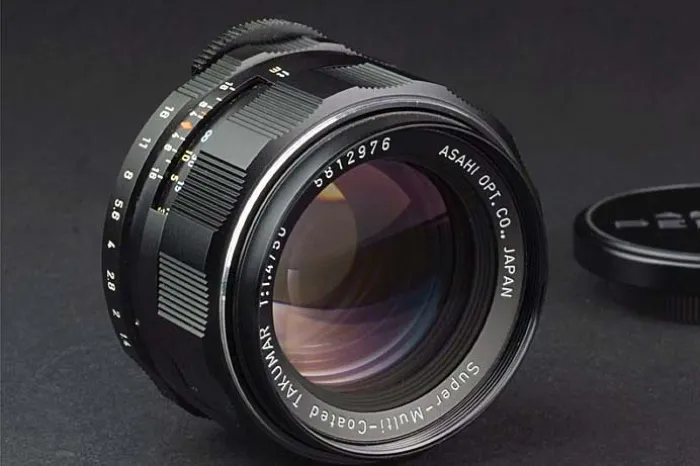
The Pentax Takumar 50mm 1.4 is a legendary lens that has set the standard for all others. It’s a timeless classic that’s still relevant today, especially for most newcomers to the film.
Asahi certainly had a distinct shine by bringing built-in Spotmatics to their stock. And we are not talking about the radioactive shine that this lens brings with it, which by the way has already been said many times that it is not dangerous, so don’t worry.
It has been lauded as the best portrait lens of its time and remains one of the most popular choices among analogue photographers today. And it is that in addition to everything it is a very economical lens for what it is.

